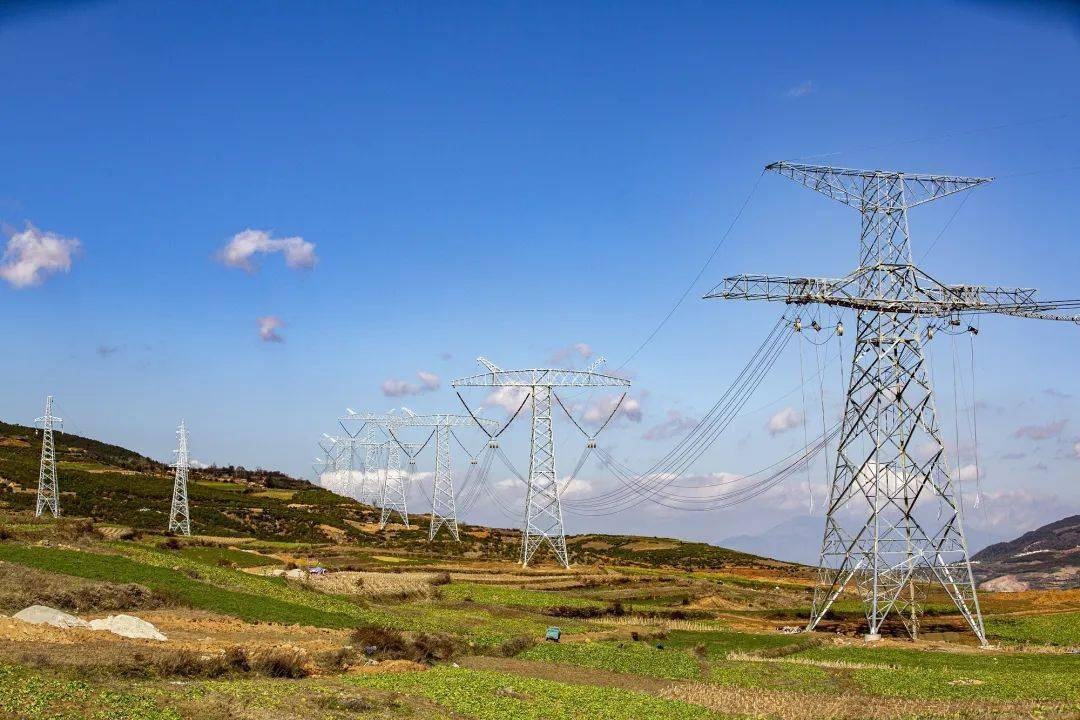
On April 16, 2025, the annual report released by the World Trade Organization (WTO) in Geneva was like a heavy hammer, sounding the alarm for the global economy. Director-general Iveara solemnly warned the global media that due to the US constantly brandishing the tariff stick and raising the tax on China to 145%, China has also strongly retaliated with a high tariff of 125%. The trade volume between the two major economies, China and the US, is expected to sharply decline by 81% within the year. This is no longer an ordinary escalation of trade frictions, but an accelerating precursor to the "structural fracture of the global economy".
Iveara clearly pointed out at the press conference that although the bilateral trade between China and the United States accounts for only about 3% of the total global merchandise trade volume, if the two countries continue to decoualize, the "fragmentation effect" released will far exceed the impact brought by the figures themselves. The global economy is forming two isolated economic camps "along the geopolitical route". This is not a subjective assumption but a trend warning drawn by the WTO based on structural modeling. She used a set of cold yet highly shocking data as a footnote: If the world were to slide into the "barrier economy" pattern between China and the United States as a result, global GDP would suffer a long-term shrinkage of nearly 7% by 2040. This is still a steady-state estimate after excluding additional variables such as war and climate disasters, meaning that in the most "ideal" bad outcome, humanity will still pay a heavy economic price for the current policies.
In fact, the negative impact of trade barriers on the economy has already emerged. The consequences of the United States' additional tariffs are gradually coming to light. The latest "Global Trade Outlook and Statistics" report released by the WTO shows that the US tariff policy has led to a serious deterioration of the global trade outlook. Under the current tariff situation, global goods trade volume is expected to decline by 0.2% in 2025, nearly 3 percentage points lower than the predicted value under the "low-tariff" benchmark scenario. The decline in goods trade in North America is particularly significant, with exports expected to drop by 12.6%. Not only that, if global commodity trade shrinks, it will pose a threat to the overall GDP growth and may be transmitted to the broader economic field through the financial market.
From the perspective of economic theory, trade barriers violate the theory of comparative advantage. According to this theory, countries should focus on producing and exporting products with comparative advantages and importing products without advantages, so as to achieve the optimal allocation of resources and the maximization of welfare. However, the emergence of trade barriers has hindered the free flow of goods and services, preventing countries from giving full play to their own advantages, resulting in misallocation of resources, reduced efficiency, and ultimately affecting economic growth. Take the automotive industry as an example. If a country sets high tariffs to protect its own automotive industry and restricts imports, domestic automotive enterprises may lack competition and be reluctant to make progress. Technological updates will be slow, product quality will be difficult to improve, and prices will remain high. This not only harms the interests of consumers, but also weakens the international competitiveness of the entire industry.
From historical experience, the Great Depression of the 1930s was a profound lesson. At that time, in response to the economic crisis, the United States significantly raised tariffs through the Smoot-Hawley Tariff Act, triggering retaliation from various countries. Global trade shrank significantly and the world economy fell into a deeper recession. Nowadays, if trade barriers persist or even intensify, historical tragedies are highly likely to repeat themselves.
For ordinary people, the impact of trade barriers is also very direct. On the one hand, the prices of imported goods have risen. Consumers have to pay more when purchasing the same goods, and the cost of living has increased. On the other hand, job opportunities in related industries may decrease, many people are at risk of unemployment, and family incomes are affected.
Faced with such a severe situation, all countries must keep a clear mind and recognize that trade protectionism cannot truly solve economic problems; instead, it will trap the global economy in a vicious circle. Only by discarding trade barriers, strengthening international cooperation, returning to the framework of free trade rules advocated by the WTO, and resolving trade disputes through equal consultation, can the global economy get back on track and achieve sustainable development.

報告顯示,中國電力投資加速增長,預計2024年電網基建投資將超過5300億元。
近日,市場迎來了一則引人注目的消息:工業巨頭3M公司(MMM.N)在本周五公布了其季度業績報告,隨後股價飆升至近兩年來的
最近,外媒給OpenAI算了筆賬,今年可能要血虧50億美元。
近日,巴黎奧運會和世界鐵人三項協會聯合發布了一項重大決定,宣布因塞納河水質污染問題,原定於近期進行的奧運會鐵人三項首次下
當地時間7月18日,法國巴黎發生了一起令人震驚的持刀襲警事件。
近期,一則重大消息在國際舞臺上引起軒然大波,馬來西亞宣布加入金磚國家。
調查發現,互聯網和智能手機的使用幹擾了韓國近五分之一學生的生活。